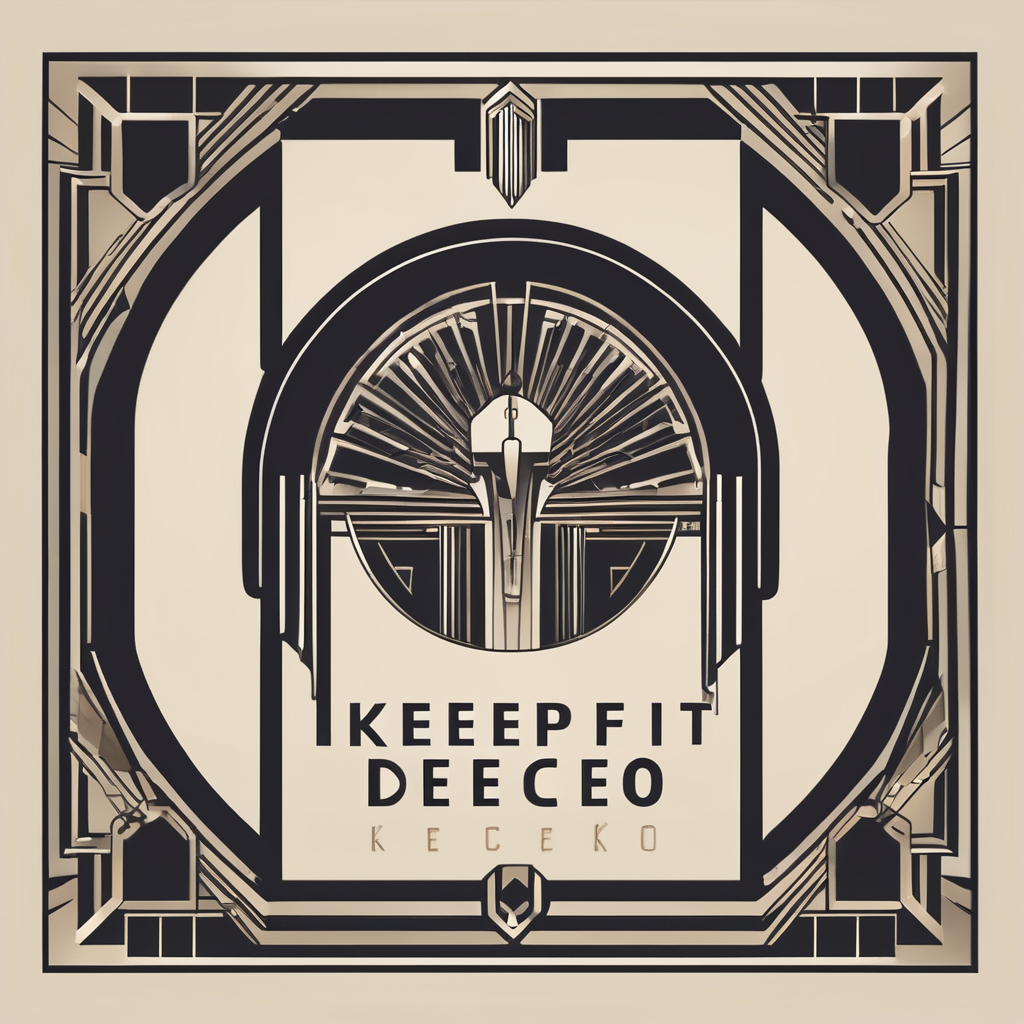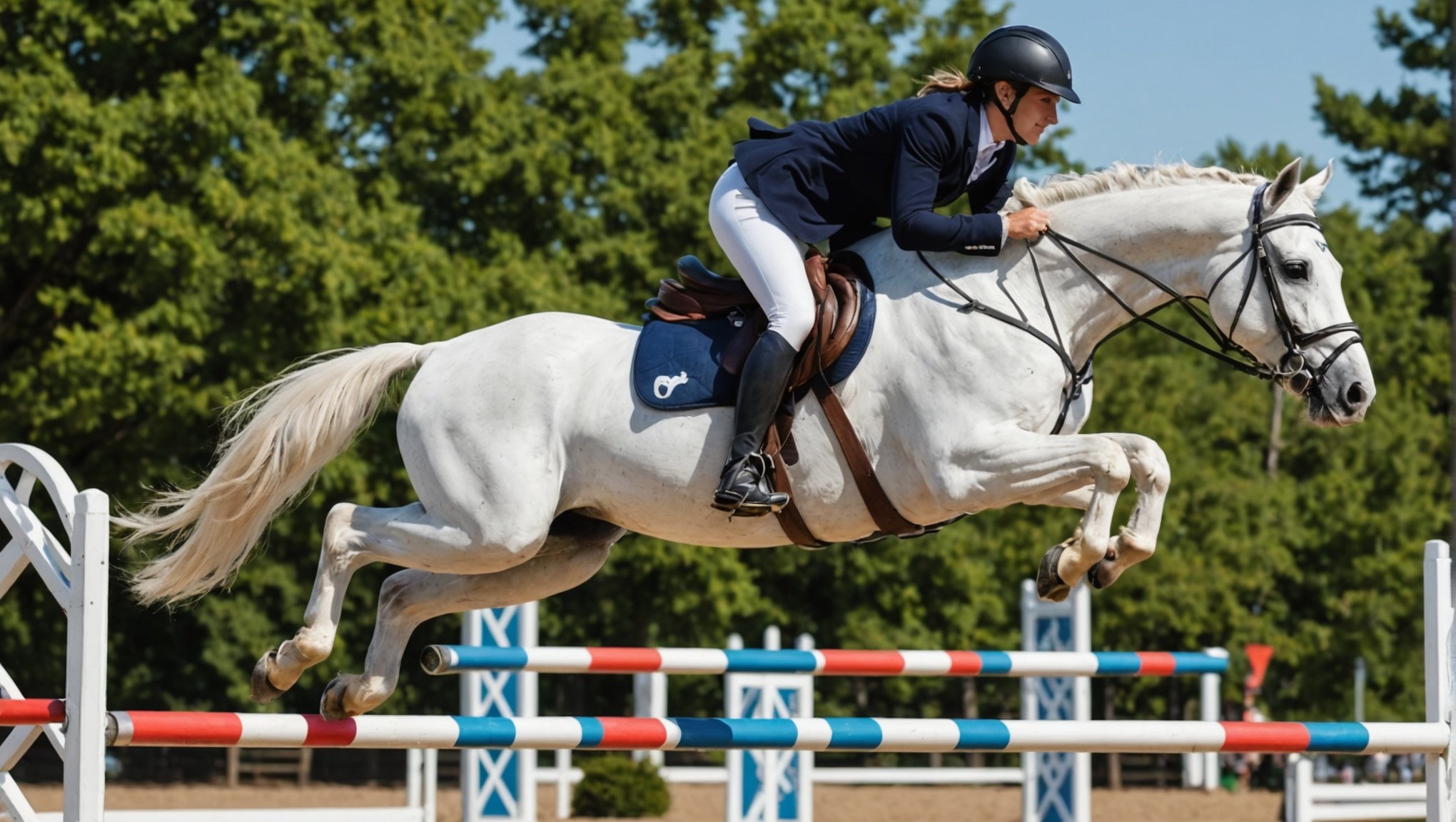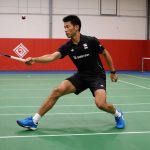Unlocking Success: Proven Strategies for Equestrian Riders to Elevate Jumping Techniques and Boost Scores
Understanding the Foundations of Equestrian Jumping
To excel in equestrian jumping, it’s crucial to start with a solid foundation. This involves a deep understanding of the horse’s physiology, psychology, and the intricate dynamics of the horse-human partnership. Here, the focus is not just on the technical aspects of jumping, but also on building a strong, trusting relationship between the rider and the horse.
The Importance of Balance and Bend
Balance and bend are fundamental elements in equestrian riding, particularly in disciplines like dressage and show jumping. As explained in the Equestrian Movement blog, bending is a dynamic movement that requires the horse to balance through a turn, with the tighter the turn, the deeper the flexion through the horse’s body.
Also to discover : Discover your perfect pistol gel blaster for every game
Imagine a train with carriages; to avoid jackknifing, the engine (the rider) must delicately apply aids to keep the carriages (the horse’s body) aligned. This analogy highlights the importance of using leg aids rather than relying solely on the reins. By steering from the legs and seat, riders can achieve a more balanced horse, reducing the likelihood of the horse bracing against the bit.
Developing Effective Training Strategies
Effective training is the backbone of any successful equestrian campaign. Here are some strategies that can help elevate your jumping techniques:
In the same genre : Discover stunning vintage tennis posters for every fan
Incorporating Calming Techniques
Training sessions can be stressful for horses, so incorporating calming techniques is essential. Deep breathing exercises, gentle stroking, and regular breaks can help keep your horse calm and focused. These methods not only reduce stress but also enhance the horse’s ability to learn and respond positively to commands.
Building Trust Through Positive Reinforcement
Positive reinforcement is a powerful tool in horse training. By rewarding desired behaviors with treats, praise, or affection, you can build trust and encourage your horse to respond willingly to commands. This approach is particularly effective in long-term training, as it fosters a positive and cooperative relationship between the horse and rider.
Gradual Progression
Gradual progression is key to developing a horse’s jumping skills. Start with simple exercises and gradually increase the difficulty as the horse becomes more balanced and conditioned. For example, begin by walking the horse through turns to teach it to steer from the legs, then progress to trot and canter as the horse becomes more confident and balanced.
The Role of Conditioning and Fitness
Conditioning and fitness are critical components of any equestrian training program. Here’s how you can ensure your horse is physically prepared for the demands of jumping:
Heart Rate Monitoring
Monitoring your horse’s heart rate during training sessions can provide valuable insights into its fitness level. This real-time data helps you adjust the intensity and duration of your training sessions to avoid overexertion and prevent injuries.
Balanced Diet and Nutrition
A well-balanced diet is essential for maintaining your horse’s overall health and fitness. Ensure your horse is receiving the necessary nutrients by consulting with a veterinarian or equine nutritionist. A healthy diet supports the horse’s energy needs and aids in recovery after intense training sessions.
Leveraging Technology and Resources
In today’s digital age, there are numerous resources available to help equestrian riders improve their skills.
Training Guides and Videos
Resources like the Show Jumping Guide Book and online videos can provide detailed training plans and expert advice. These guides often include step-by-step instructions, diagrams, and videos that demonstrate various techniques, making it easier for riders to understand and implement new strategies.
Social Media and Online Communities
Social media platforms and online forums can be invaluable for connecting with other equestrian enthusiasts, sharing tips, and learning from experienced riders. These communities offer a wealth of free advice and support, helping you stay updated on the latest trends and best practices in the equine industry.
Building Brand Awareness and Customer Base
For those involved in the business side of the equine industry, building brand awareness and a loyal customer base is crucial.
Pricing Strategy and Business Model
Developing a competitive pricing strategy and a robust business model can help you stand out in the market. Consider offering add-ons such as training sessions, nutritional advice, or equipment sales to enhance your product service offerings. This approach not only increases your market share but also builds a loyal customer base.
Social Media Campaigns
Social media campaigns can be highly effective in promoting your brand and engaging with your customer base. Share real-time updates from training sessions, customer testimonials, and tips from experts. This helps in building brand awareness and fostering a community around your brand.
Practical Insights and Actionable Advice
Here are some practical tips and actionable advice to help you elevate your jumping techniques:
Detailed Training Plan
- Warm-Up: Begin with a thorough warm-up to prepare your horse physically and mentally.
- Bending Exercises: Practice bending exercises to improve your horse’s balance and flexibility.
- Jumping Drills: Incorporate various jumping drills to build your horse’s confidence and skill.
- Cool-Down: End each session with a cool-down to help your horse recover.
Table: Comparing Different Training Approaches
| Training Approach | Key Features | Benefits | Challenges |
|---|---|---|---|
| Positive Reinforcement | Rewarding desired behaviors | Builds trust, encourages positive responses | Requires patience and consistency |
| Gradual Progression | Gradually increasing difficulty | Reduces risk of injury, builds confidence | Can be time-consuming |
| Calming Techniques | Deep breathing, gentle stroking | Reduces stress, improves focus | May not be effective for all horses |
| Heart Rate Monitoring | Real-time heart rate data | Helps adjust training intensity, prevents overexertion | Requires specialized equipment |
Quotes from Experts
- “Mastering the art of bending is a journey of partnership and discovery for the Holistic Equestrian. It’s about working together with your horse to unlock its full potential and create moments of beauty and harmony in motion.”
- “The quicker we can get our horses steering from our legs and seat and not from our hands, the more balanced our horses will be.”
Elevating your jumping techniques in equestrian riding is a multifaceted process that involves a combination of effective training strategies, conditioning, and leveraging available resources. By focusing on building a strong horse-human partnership, incorporating positive reinforcement, and using technology to your advantage, you can significantly improve your performance and boost your scores.
Remember, success in equestrian jumping is not just about the technical skills; it’s also about the bond you build with your horse and the care you provide to ensure its well-being. With patience, dedication, and the right strategies, you can unlock your full potential and achieve remarkable results in the equine industry.











